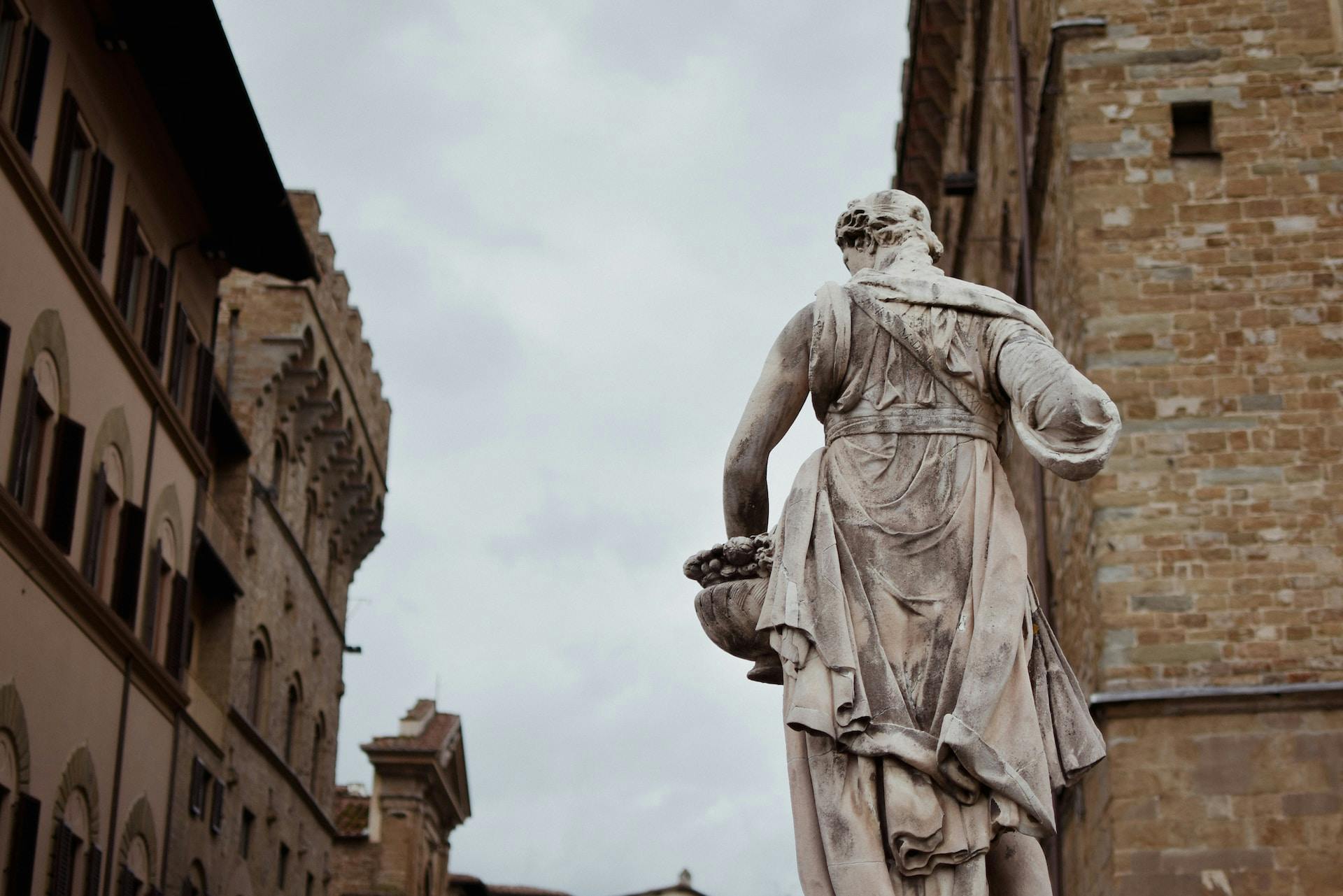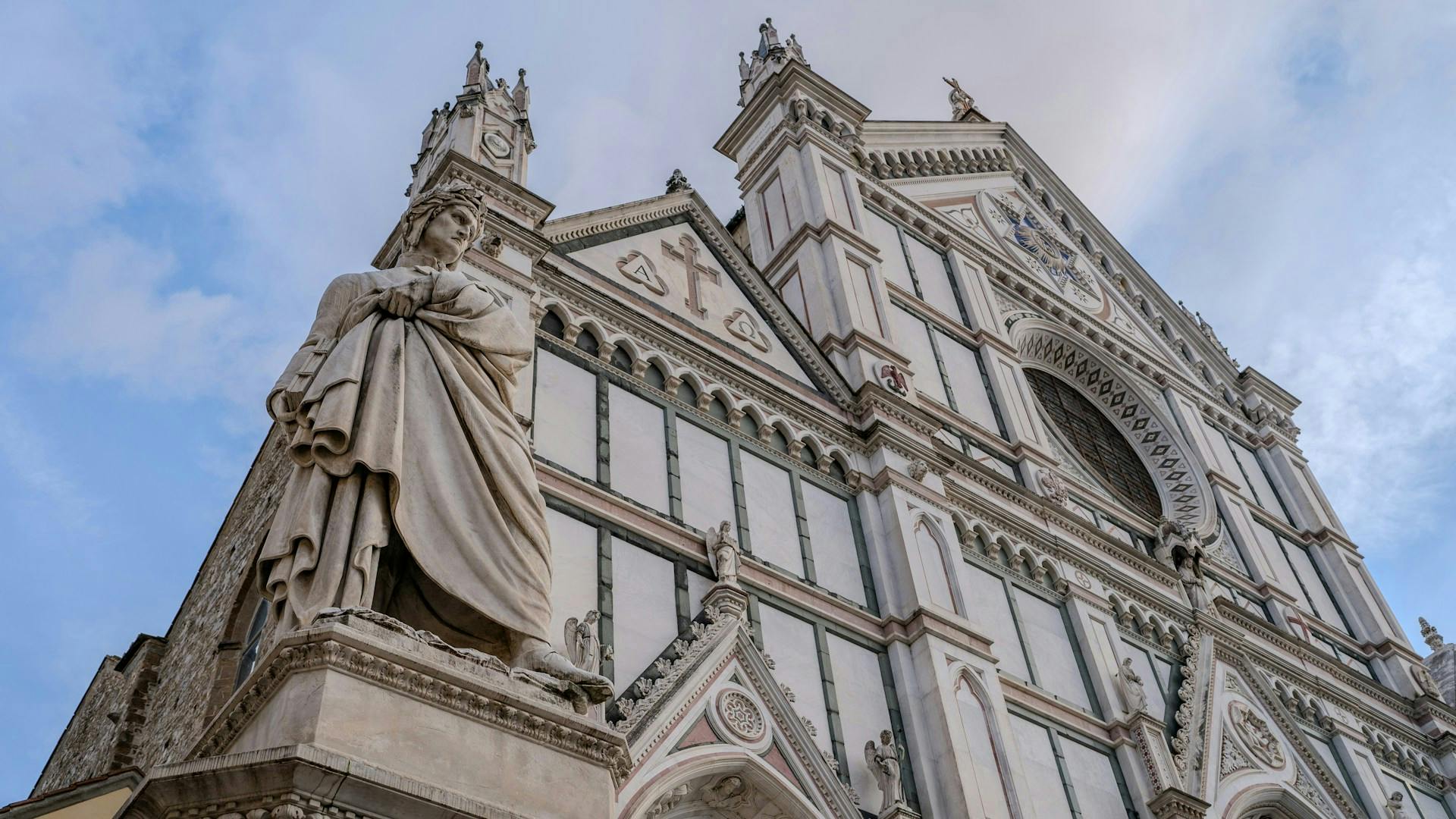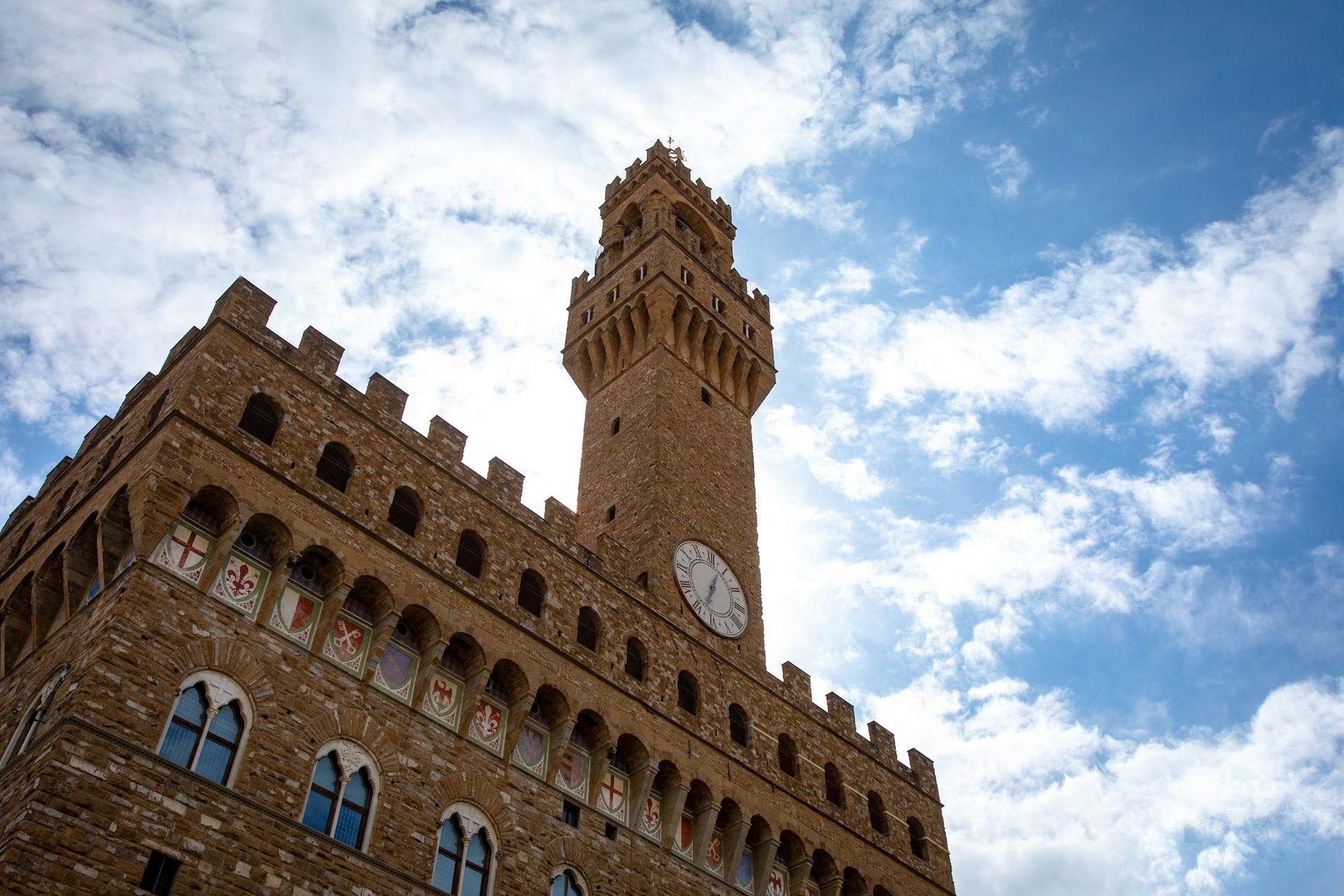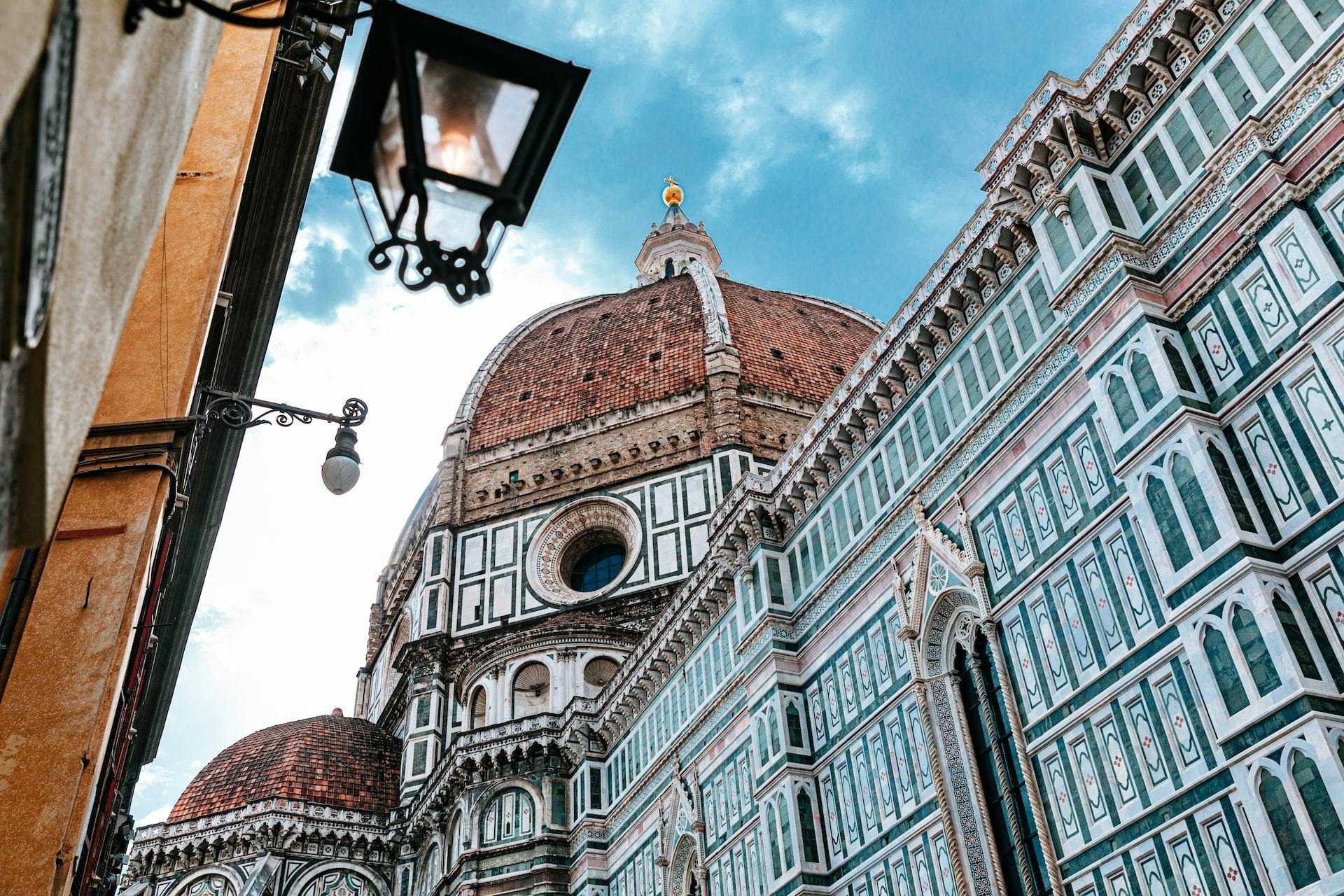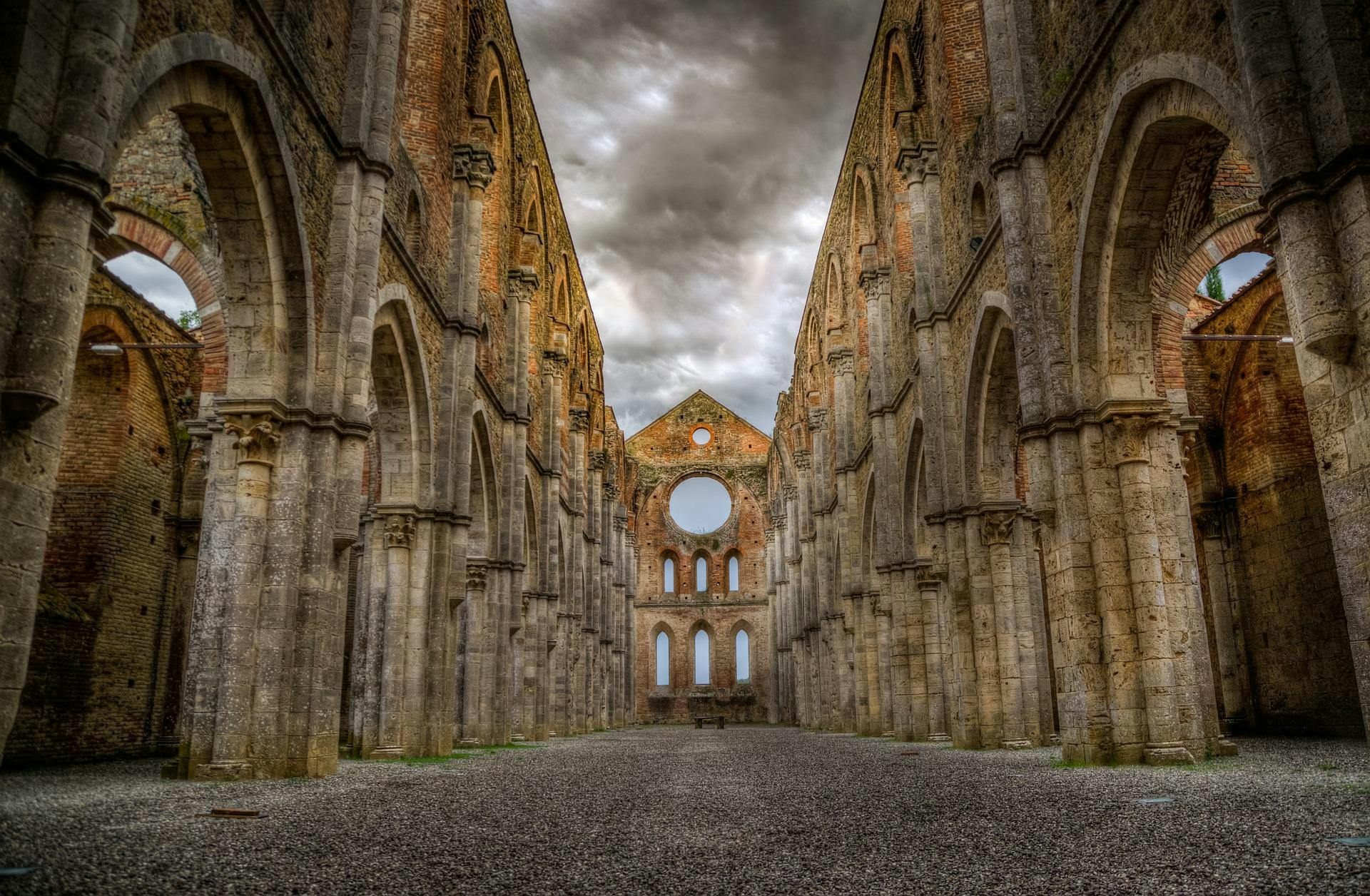The earliest traces of Florence root back to the Etruscans. This population lived in approximately what is now Tuscany, western Umbria, northern Lazio, western Campania and part of northern Italy, near the Po valley. Around the 9th–8th century BCE, the Etruscans formed the small settlement of Fiesole (Faesulae in Latin). However, the unstoppable power of Rome saw the expansion of the roman culture in the area with the conquests of the roman general Lucius Cornelius Sulla in 80 BCE.
The present city of Florence was established by Julius Caesar in 59 BCE as a settlement for his veteran soldiers. It was originally named “Fluentia” because it was built between two rivers and was later changed to Florentia (“flowering”).
Situated along the Via Cassia, the main route between Rome and the north, and within the fertile valley of the Arno, the settlement quickly became an important commercial centre.
Seat of an episcopal diocese as early as the 4th century CE, the city was called “Municipium splendidissimum” and, from the time of Emperor Hadrian, was connected to Rome by the Via Cassia. Under Diocletian, it was raised to Corrector Italiae, the capital of the Etruria and Umbria regions.
